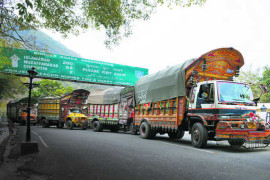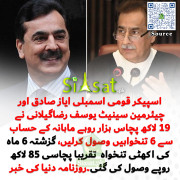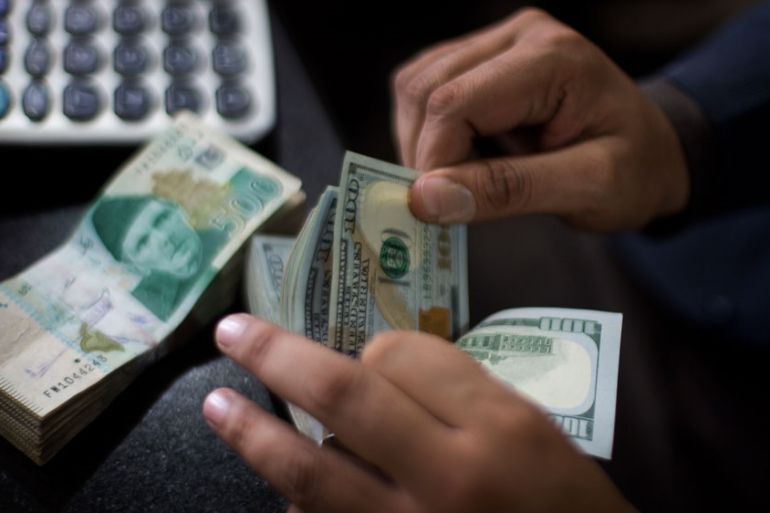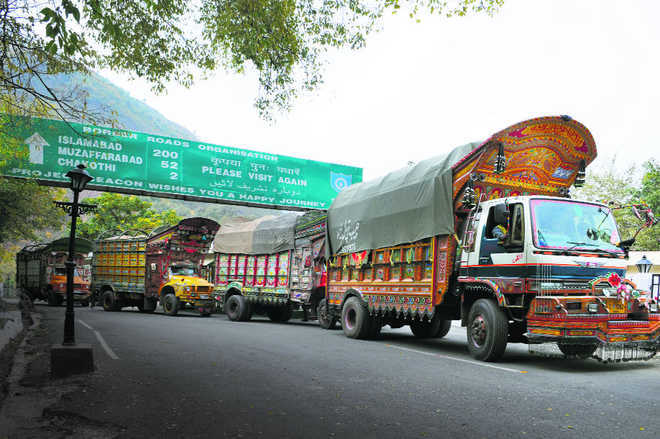
http://www.brecorder.com/editorials/0/1211118:rupee-dollar-parity-in-budget-unrealistic/?date=2012-07-09#
Highly placed sources in the Finance Ministry revealed exclusively to Business Recorderthat the dollar-rupee parity used by the Ministry of Finance to estimate foreign liabilities including loans as well as debt-servicing on foreign loans for the budget 2012-13 year was Rs 94 to a US dollar.
On the first working day of the new fiscal year, July 3, the parity was in excess of 95 rupees to a dollar - inter-bank as opposed to the market rate that is invariably higher - thereby rendering all calculations inaccurate. Thus the 216.962 billion rupees earmarked foreign loan repayment in the budget for 2012-13 at 94 rupee to a dollar comes to around 2,297 million dollars. If 96 rupees per dollar parity is used the amount is 220.550 billion rupees or 4.5 billion rupees more than budgeted.
The servicing of foreign debt was budgeted at 80,175 million rupees or 853 million dollars. However with 96 rupees to a dollar the actual amount required is 81,888 million rupees which is in excess of that budgeted by 1.7 billion rupees. Total under estimation of foreign liabilities has been to the tune of 6.2 billion rupees.
Small amount, so stated a senior official of the Finance Ministry, but his contention would have validity only if the rupee-dollar parity does not exceed 96 rupees to a dollar. With the rupee continuing its erosion against the dollar for the past four and a half years few economists would be willing to declare that the current inter-bank rate would remain prevalent next week leave alone till 30th June 2013. Finance Minister Dr Hafeez Sheikh has been briefing the newly-elected Prime Minister and declaring that the state of the economy is not as worrisome as being made out by some, given the growth rate, a source of satisfaction during current times of global recession, as well as high remittance inflows.
This is a half-truth and needs to be highlighted so that complacency does not set in. While it is correct to maintain that the growth rate in our economy is higher than that of other countries in the region there is increasing concern about the credibility of the figures cited given that the base year of 2005-06, reflecting major changes in sectors, was abandoned on the directives of the Finance Minister to 1999-2000, a particularly poor performing year after Musharraf's coup, and the fact that growth was premised on specific components of the services sector notably finance and insurance (6.5 percent growth) and wholesale and retail trade (3.6 percent) as well as telecommunications. An eroding currency does of course have obvious negative implications on the import bill. However, theoretically, it should benefit exports (**read Profit Margin compression**) which automatically become more attractive in the international market place due to a devaluating currency.
Unfortunately though the eroding rupee has increased our import bill but not exports due to two major factors. First and foremost, the failure of the private industrial sector to take advantage of a cheaper rupee given that their costs of production, notably energy, are rising by more than that of their international competitors together with the severe energy crisis as well as the heavy reliance of the government on domestic borrowing that is crowding out private sector borrowing. And secondly, global recession has impacted on our export revenue given that our exports are mainly consumer items which are subject to major reductions in household budgets during times of a recession.
Thus the foreign exchange reserves' position is likely to remain precarious in the near future unless remedial measures are not supported which must include growth-oriented policies, including allowing the private sector to become the engine of growth. There is a need for credible data on the prevalent macroeconomic indicators that would enable a government to formulate a credible budget; additionally, there is a need to ensure that a budget document does not become invalid the day after it is presented simply because assumptions are made that can so easily be disproved; for example the unrealistic rupee-dollar parity.
However, as matters stand today, the rupee-dollar parity is merely one of the flawed assumptions made by the government that renders the budget untenable.


































